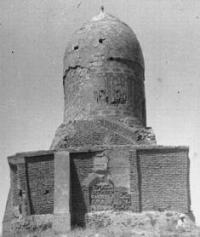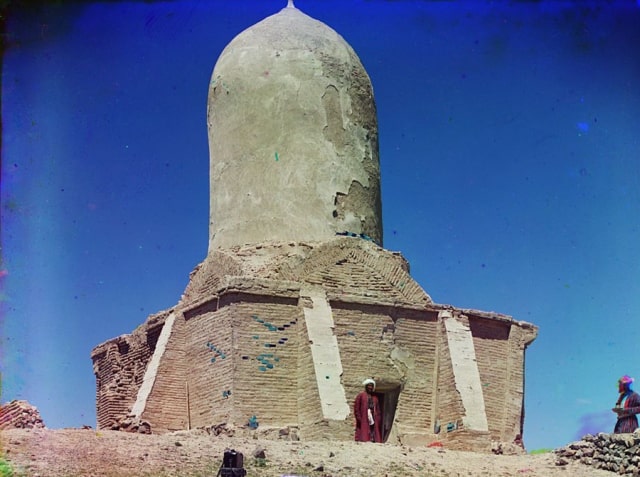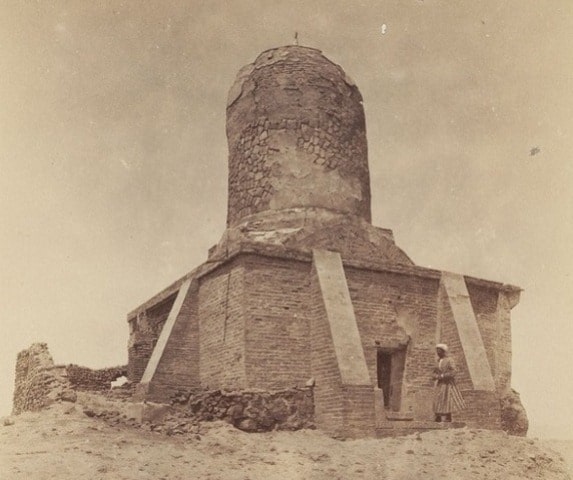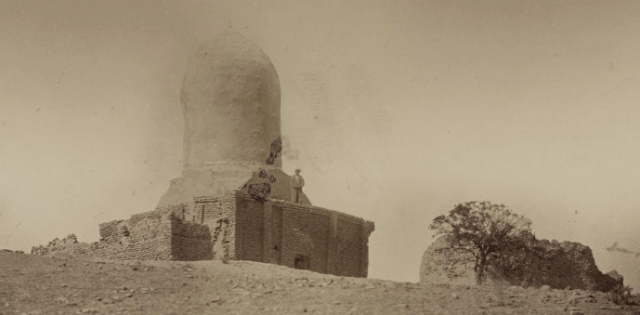You are here
Tomb of the saint of Chupan-Ata.


Religious tours over the mausoleums and necropolises of Samarkand.
“An ancient burial site will always hold clues as to who the people were, and to who we are”
Anthony T. Hincks.
Walking tour in Samarkand.
Mazar for mythical “father of shepherds’” – Chupan-ata, which cult was deeply rooted in cattle breeding midst was constructed in the 1430s-1440s, to the northeast from Samarkand. It crowns the rocky top of the Kuhak hill and is well seen from any point of the city.
The Kuhak hill became a subject of the legend. Far back in the past, the big army attacked Samarkand. Loosing any hope to overcome the enemy, the king ordered to break all idols in the city and appealed to only God - Allah. The miracle had been done.
At night, the mountain went down from the sky and covered the hostile army. Next morning, the citizens saw, that the enemy had disappeared, and the mountain of Kuhak occurred on the plane. They found some shepherd with his herd on the top.
He insisted that he was living in Syria. Beneath the Kuhak, there was a big Temurid park - Bagi–Maidan, founded by Amir Temur. At the reign of Mirzo Ulugbeg, two-storey country palace Chil-sutun ("Fourty columned") was built there, currently lost.
Architecturally, mazar represents a mausoleum, but archeological excavation did not reveal any graves. The square prism of mazar includes the small crossed in plan room under the dome.
Above the prism there is well-balanced cylindrical drum crowned by spherically conical skufiya of the second external dome. The big Kufi inscription from small coloured bricks decorates the drum.
Original constructive system of crossed vaults, having been developed in Central Asia by 1440s, determined peculiar features of the silhouette. Mazar demonstrates harmony of two colours - the turquoise dome merges with the blue sky, and the base - with the colour of loess ground, what symbolically might reflect sacral tie "sky - ground".
On the Zerafshan river, lower the new railway bridge, there are remains of some arch from burnt bricks. The structure represents a part of the old bridge over the Zerafshan, installed at the time of Shaybani-khan.
As geographers-travelers witnessed that earlier, around this place existed more ancient bridge, constructed at the Temurids, and before it - the bridge dated back to the VIII - IX centuries.



Authority:
Alexey Arapov. Samarkand. Masterpieces of Central Asia. Tashkent, Sanat. 2004.







